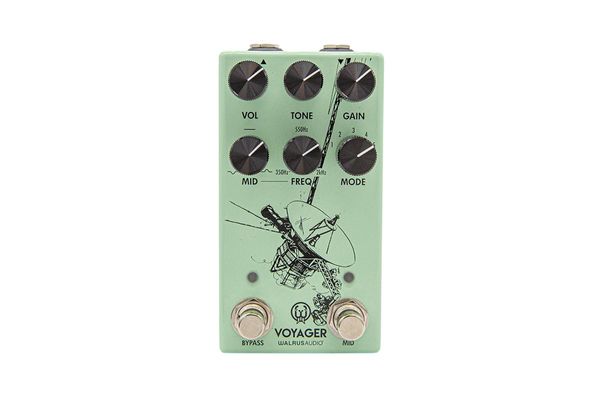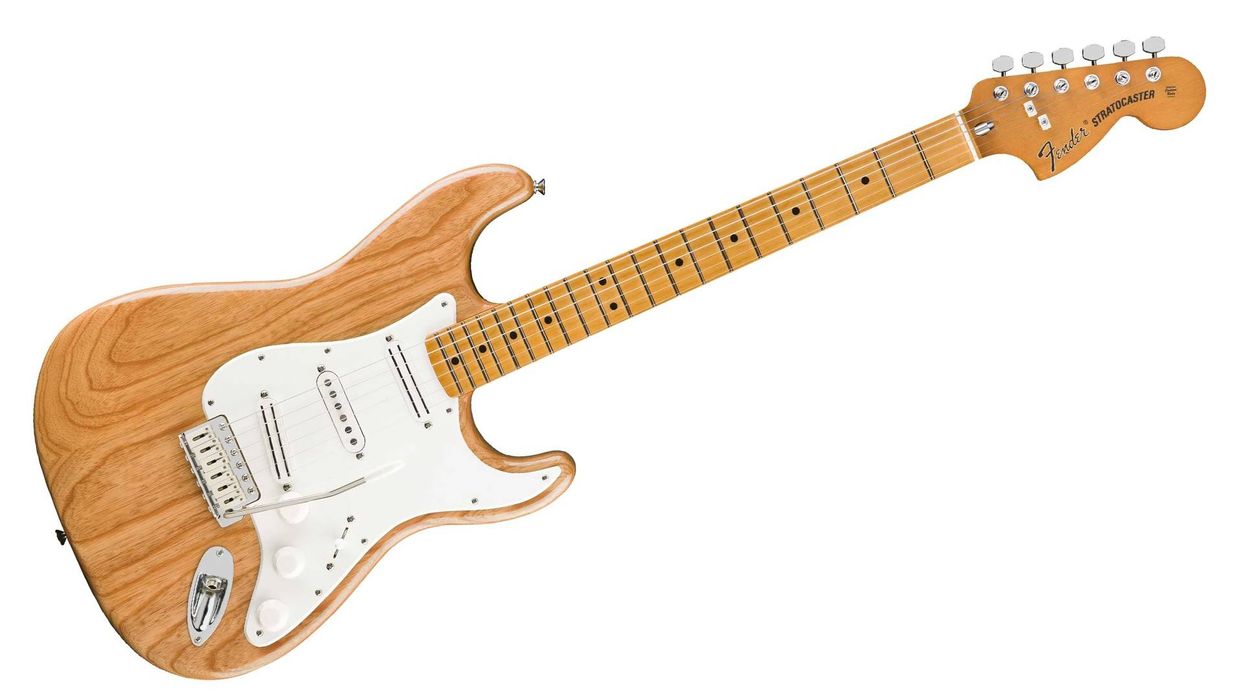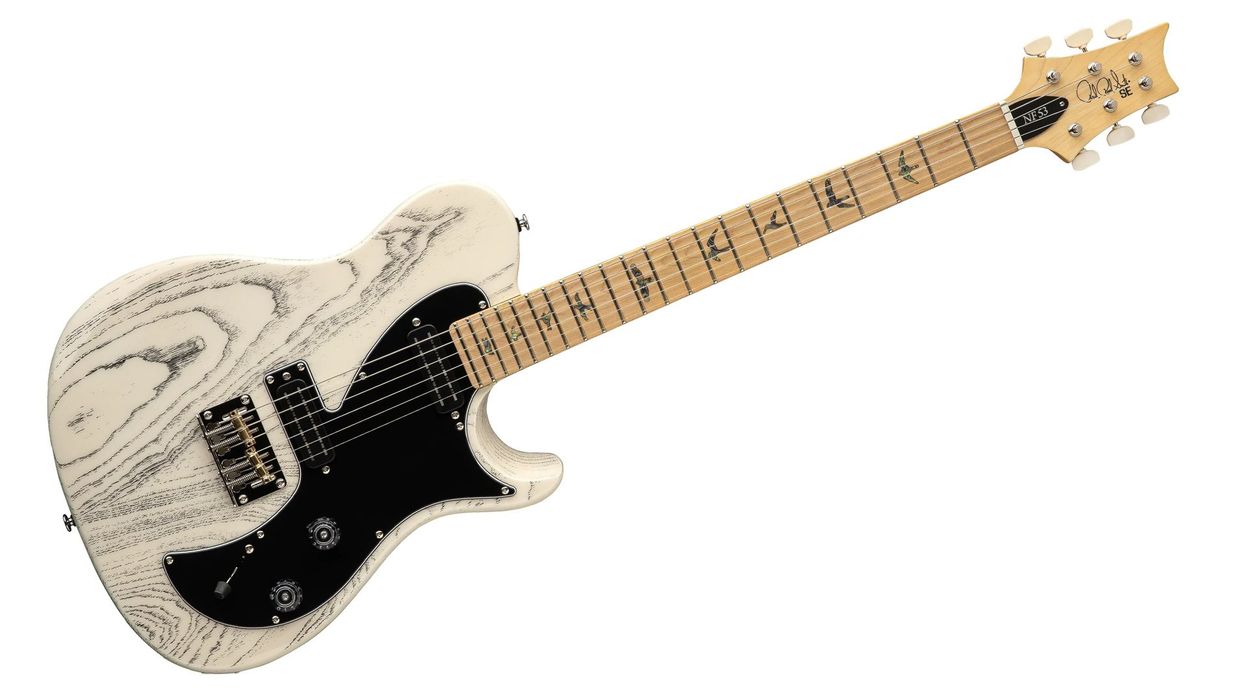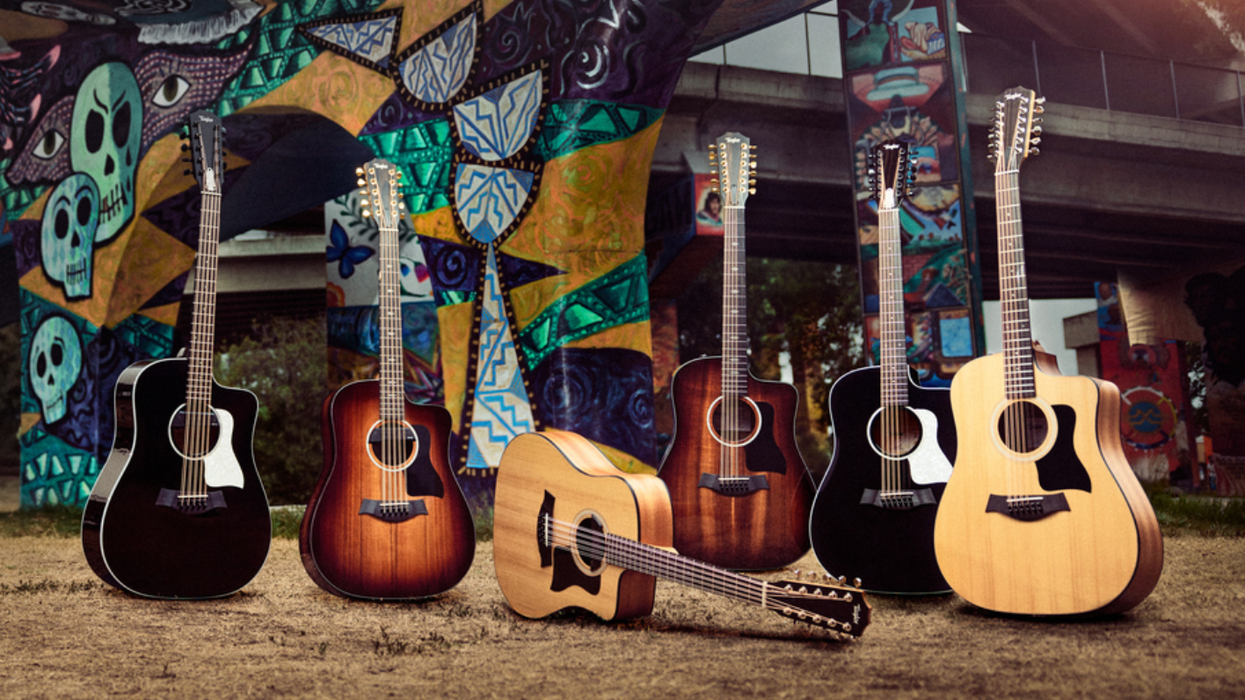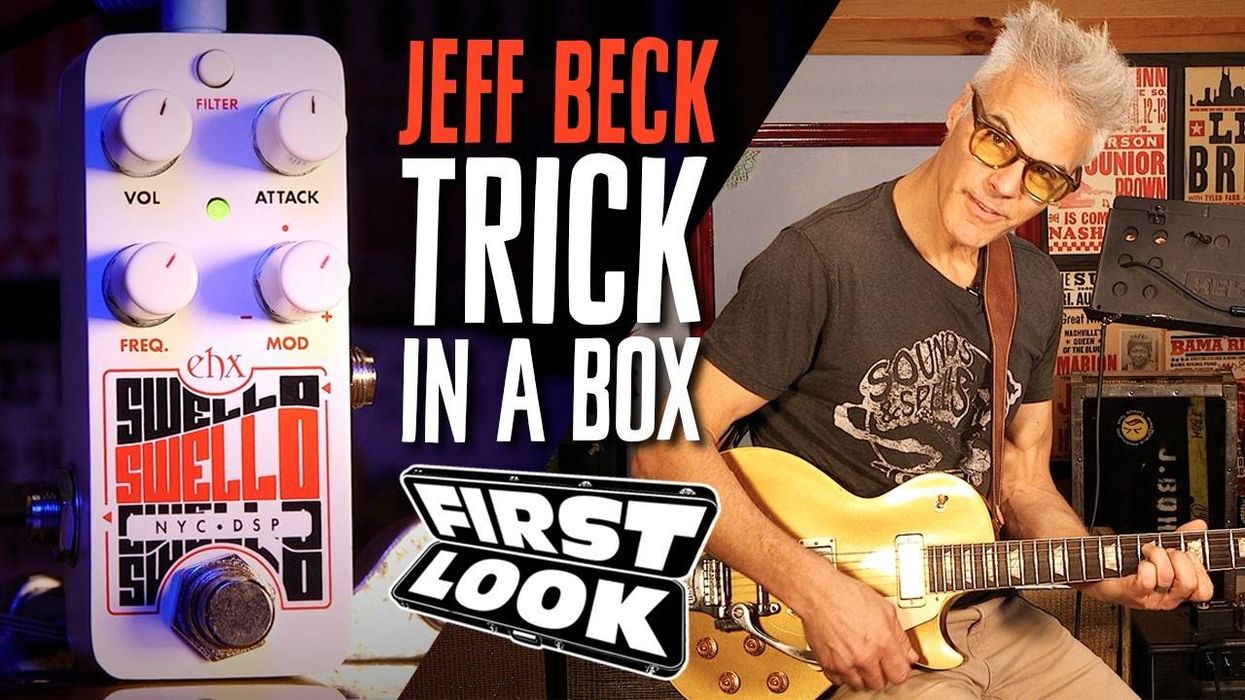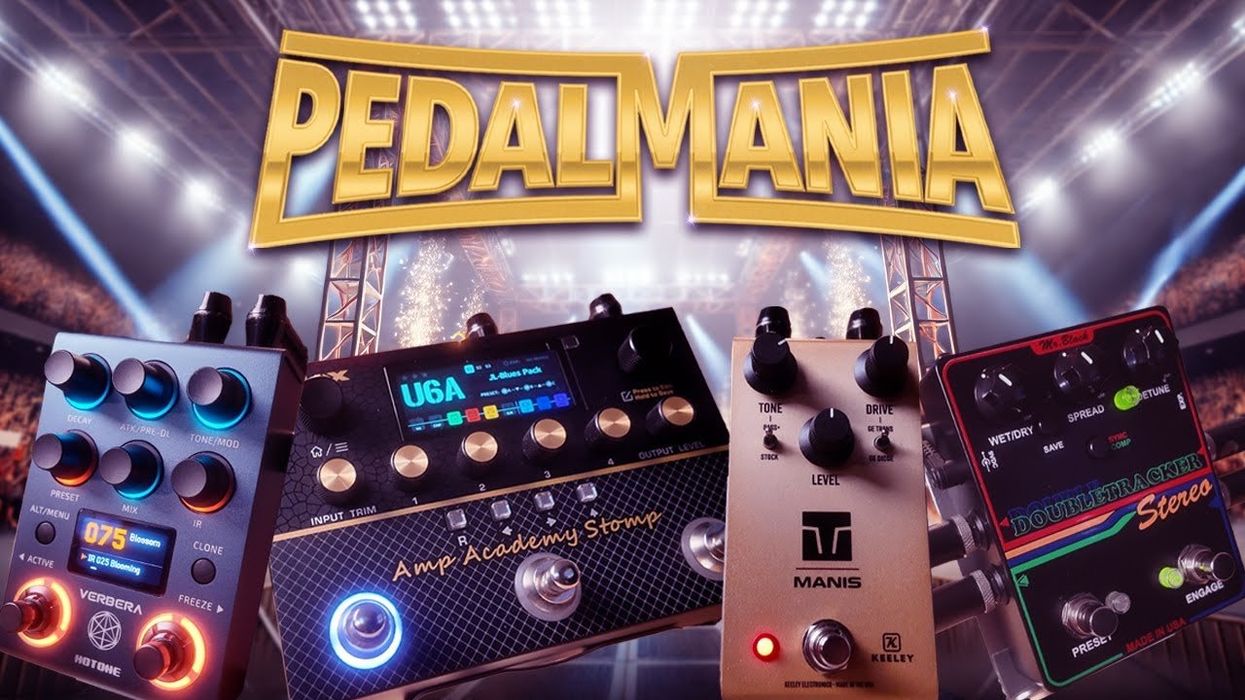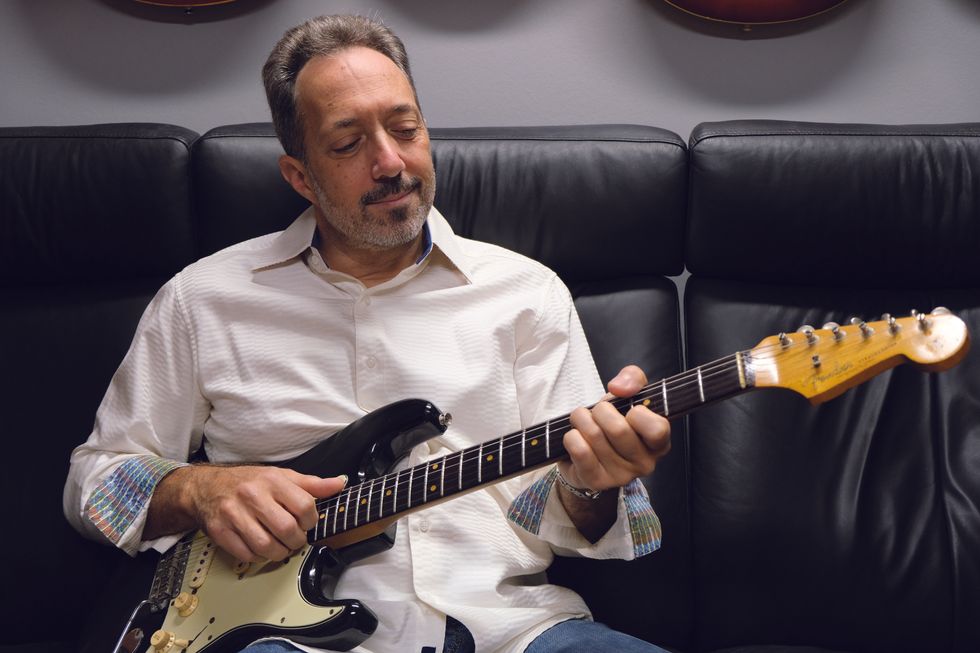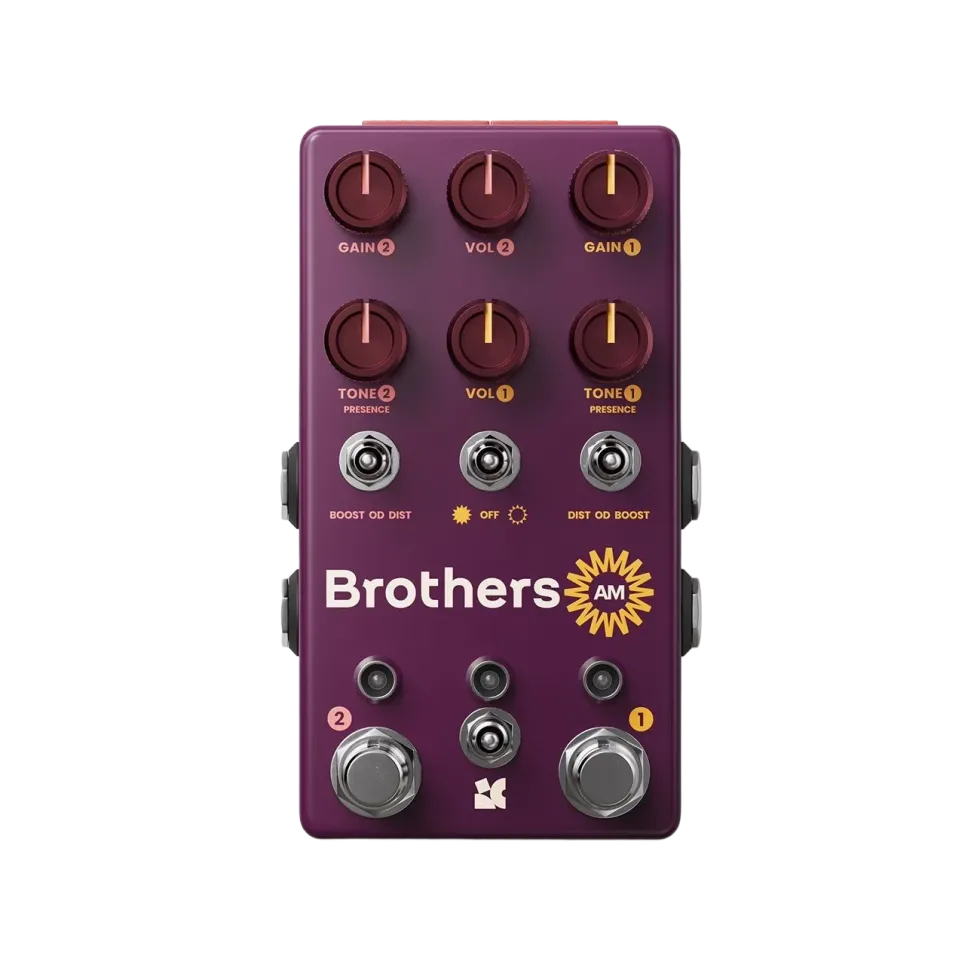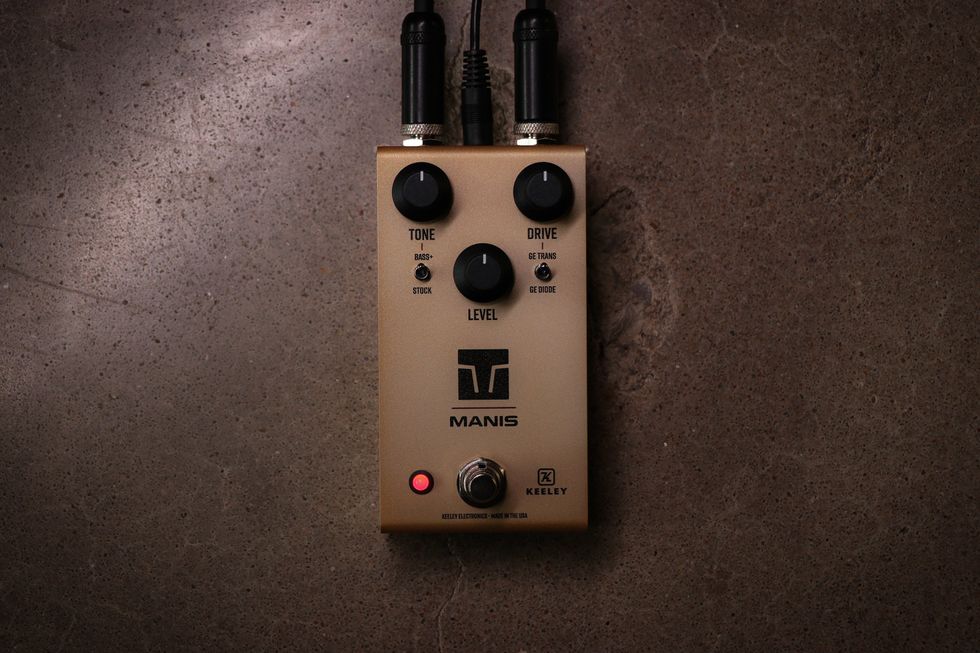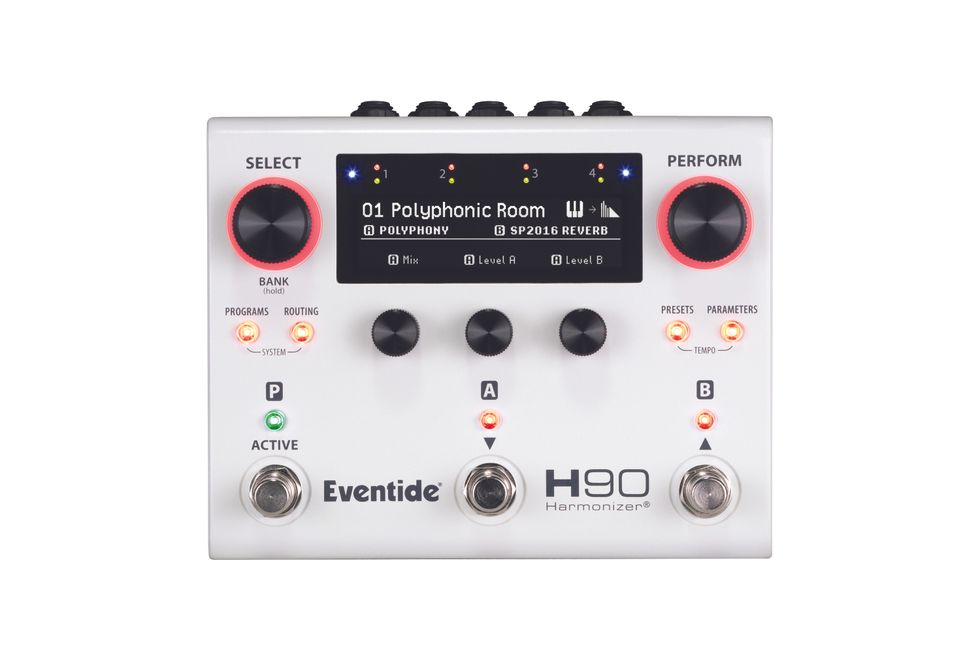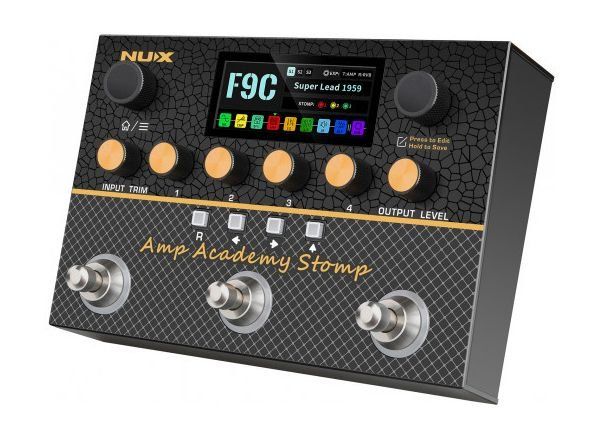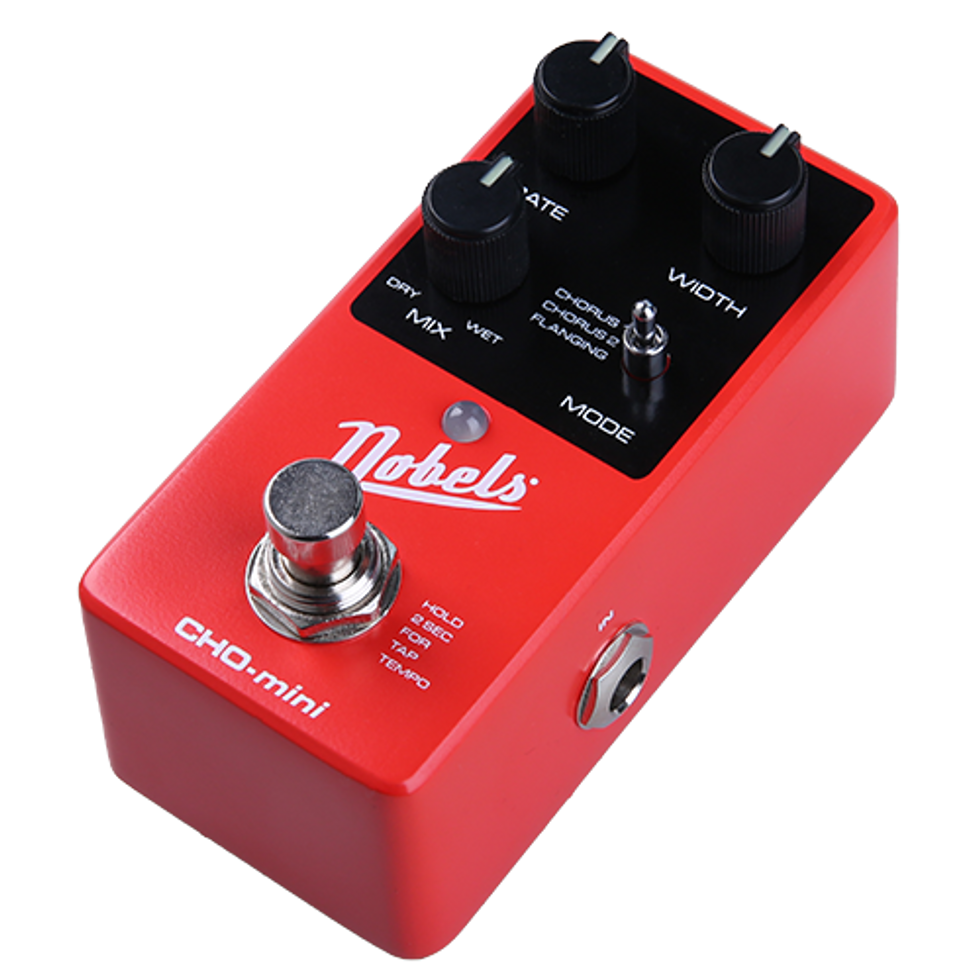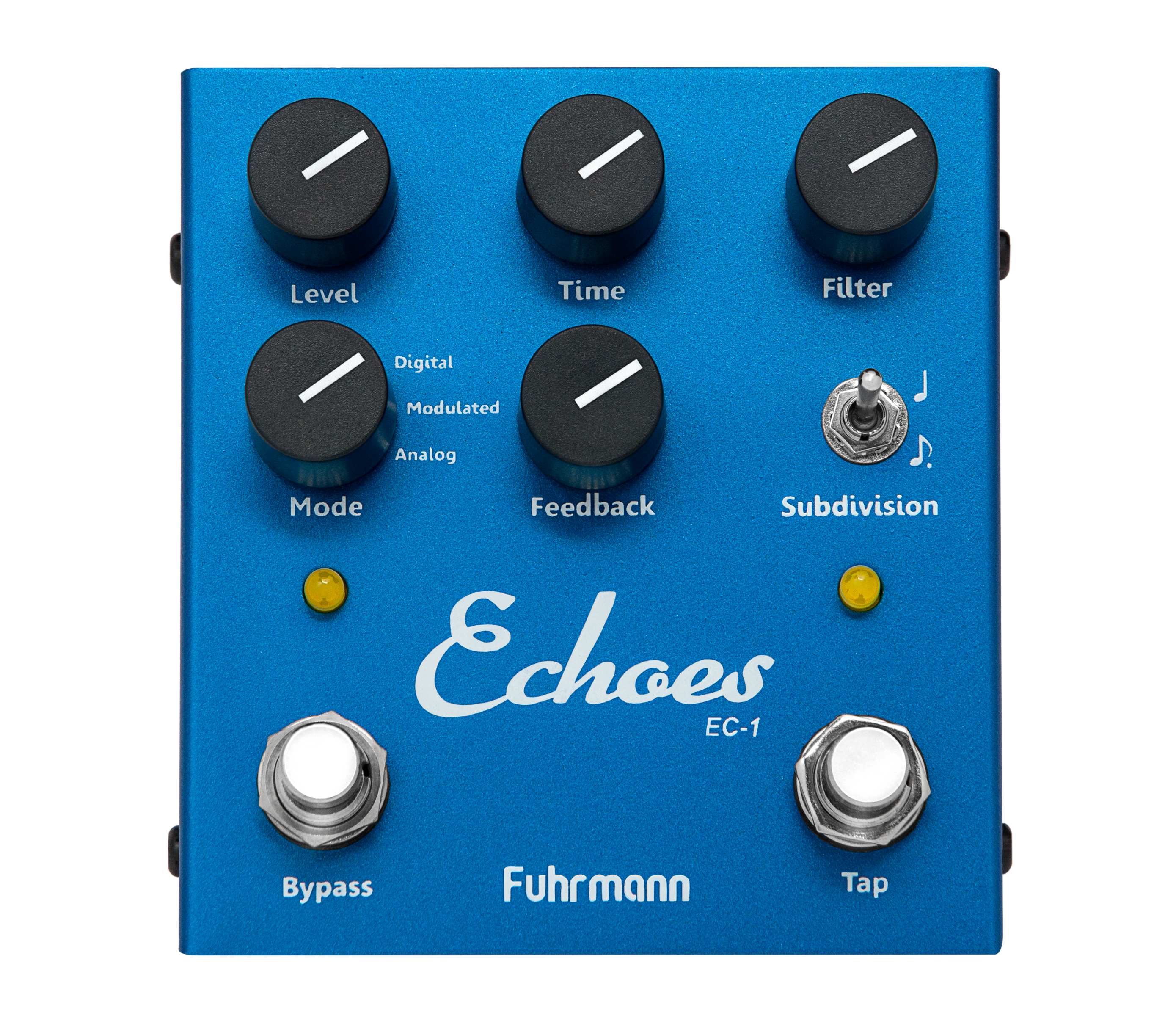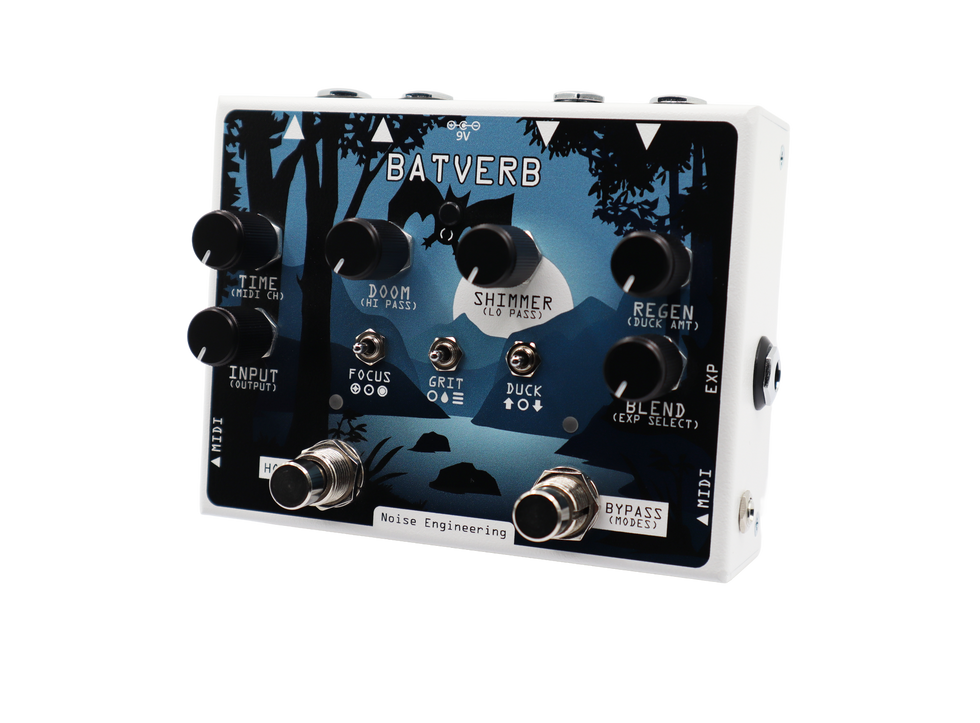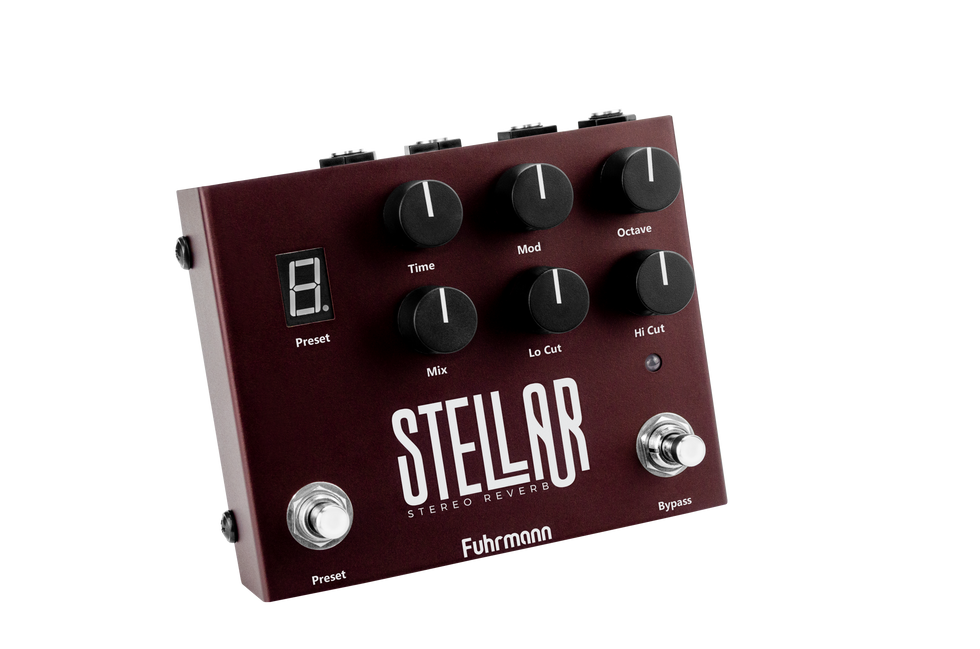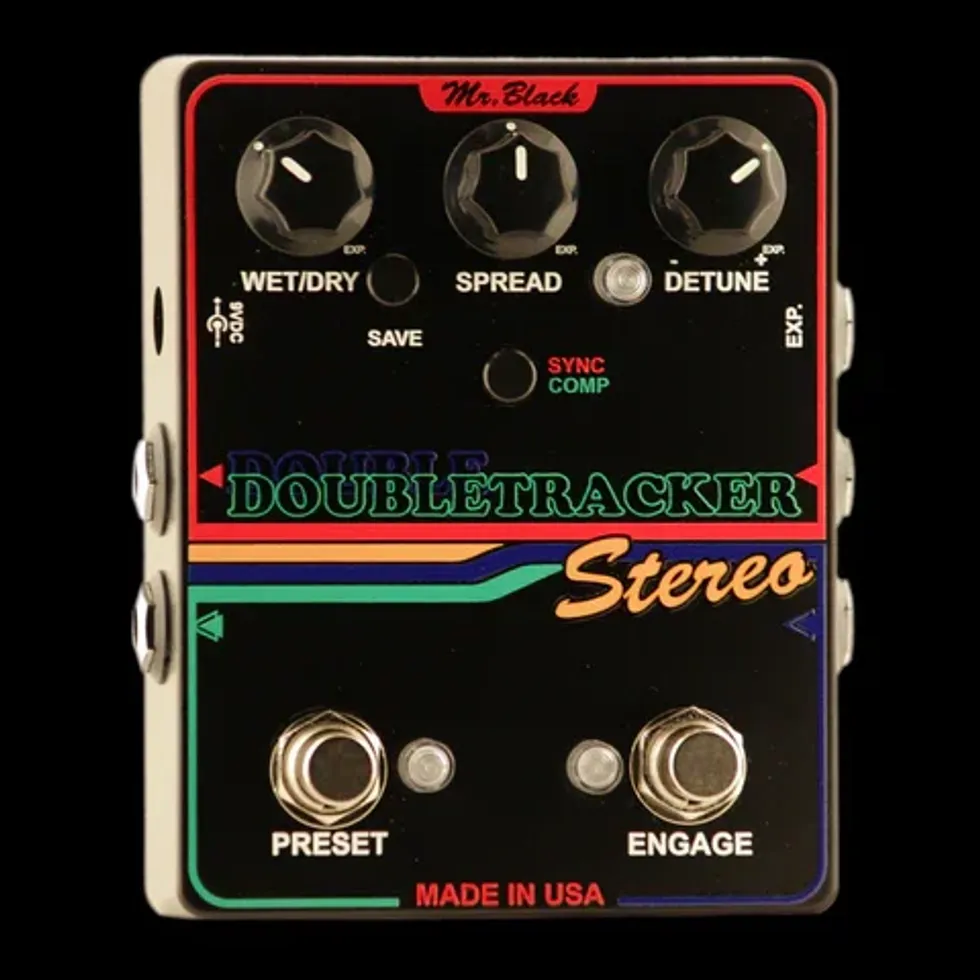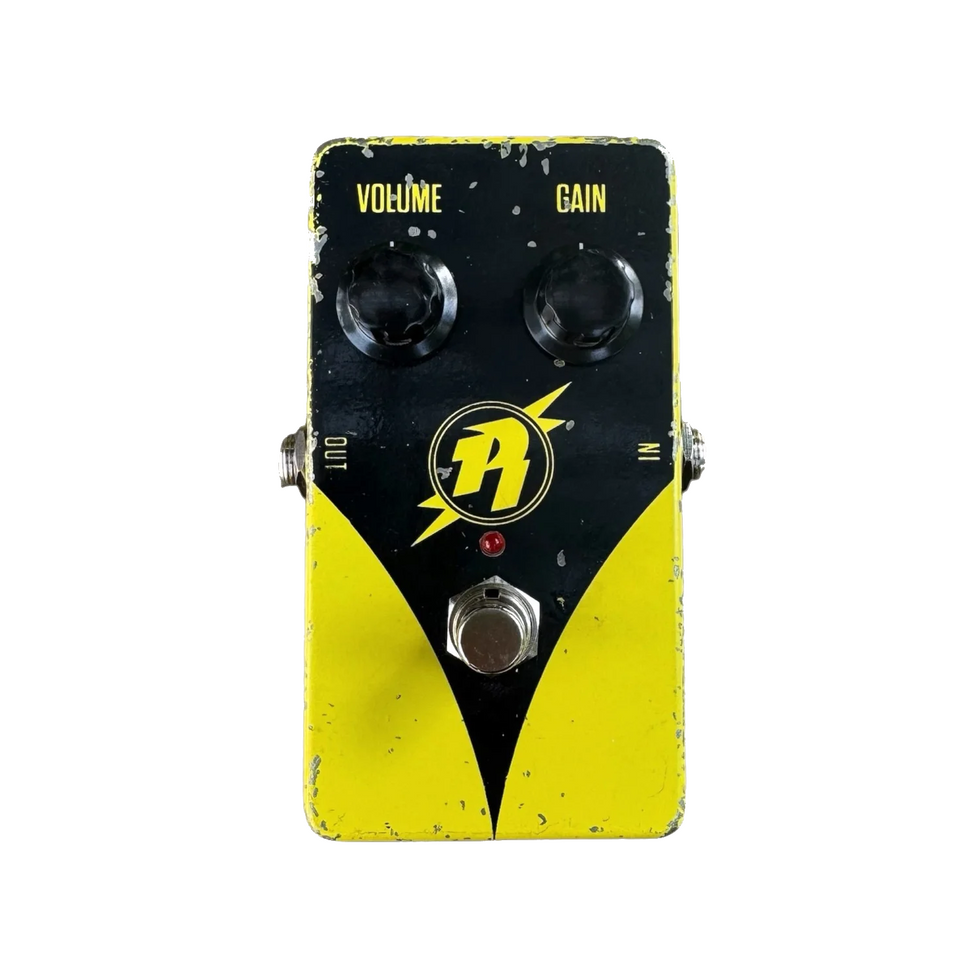When it comes to Klon-style pedals, I like to think I have my bases covered. I’ve done too much research, I own a few, and I have some personal methodology for deciding which ones go on the board for which gig. (Not even I always understand that methodology, but it seems to work!) I’d like to put a check mark next to boost/overdrive in my mental notebook, but things don’t always go according to plan, so, on occasion, I find myself wooed by new offerings.
I promised myself I’d approach the Walrus Voyager MkII with a steely resolve. “I’m not going to fall for this pedal,” I whispered to my current klone-du-jour as I swapped stomps, confident that I’d never feel the need to add more options to a perfect pedal formula, as the Voyager does with its six knobs. But I guess there’s always room to grow.
More Knobs!?
In spite of the many similarities, you can’t really call the Voyager MkII a klone. It has germanium 1N34A diodes like a klone does. When I AB’d with my JHS Notaklön—which sounds exactly like my Klon KTR and has become my go-to thanks to its sturdier build—I was able to dial them in to sound quite close. I wasn’t able to set the controls to identical positions and I had to use my ear to tune the Walrus to get them. But with a baseline established, it was time to explore.
The Voyager MkII features five modes, which include the 1N34A diodes with a bass boost (mode 2), symmetric silicon diodes (mode 3), asymmetric silicon diodes (mode 4), and asymmetric silicon diodes with a bass boost (mode 5). If you’re familiar with what that all means, you know what to expect. If you’ve never tinkered with pedal design or dug into the finer details of your overdrives, distortions, and fuzzes deeply enough to understand those things, this is an excellent way to learn with your ears.
A 2-knob EQ, controlled by a footswitch, opens up the voicing of the Voyager. The mid control determines the amount of boost or cut from clockwise, and the freq knob selects the frequency that is cut or boosted, ranging from 350 Hz to 2 kHz.
Modes and Mids
I jumped around the modes to taste, finding each suitable in different scenarios. As much as I love the warm, compressed sound of the germanium diodes—and the bass boost option is a welcomed touch—the silicon diodes are more open, dynamic, and even feel a little grittier. That creates a lot of sonic variety. I always keep another boost/overdrive on my board along with my Klon or klone, but the Voyager would be a fine way to replace both.
The mid boost turned out to be my favorite feature on the Voyager. This would be a super-handy thing for kicking on between one section of a song and another, perhaps changing color for a lead or single-string part after heavy strums.
As I switched guitars, it was handy to hone in on some frequencies. After reveling in the higher side of the gain knob with a Powers Electric A-Type into my Deluxe Reverb, I had a hankering for some Strat-like bridge pickup sounds. Grabbing my G&L Legacy, I fine-tuned the high-mid cut, taming some of that guitar’s spanky quack and adding some saturation by using just the slightest touch of gain. Moving to my Creston JM, with the Voyager MkII set to moderate gain, I cranked the boost in the lower mid frequencies, where I discovered a cocked-wah sound that lent a ’70s Zappa flair to some off-kilter leads.
The mid boost proved especially useful when getting my existing gear to sit well with the Mk II. In front of my Mattoverse Just-a-Phase, cranking the high mids lent noticeably more attack to a particularly gooey phaser setting in a useful way. And when I plugged into my Champ, I was able to beef-up that amp’s thinner sound in the same way I might otherwise use an EQ pedal.
The Verdict
The Voyager MkII is built from a Klon-style foundation. But its well-considered features make it a much more versatile tight boost and overdrive that’s easy to voice for different guitars, amps, and pedal pairings. With a wide range of tones on hand, it also allows me to stay “in the zone” when looking for a sound instead of going on a pedal-swapping hunt for tone. At $249, the Voyager is priced competitively with other pedals in its class but offers more room to roam.
